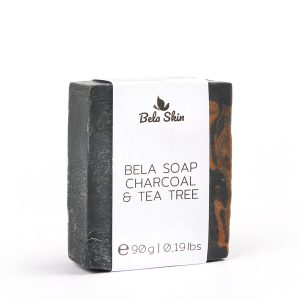Powerful plant ingredients & the best craftsmanship
Bela Skin natural cosmetics stands for high quality and natural skincare. For our soaps we use natural ingredients as well as pure, essential vegetable oils and fats, such as cocoa butter. The herbal Bela Skin soaps contain neither synthetic dyes, fragrances nor palm oil and are completely biodegradable.
All ingredients that are used for the high-quality Bela Skin soap bars are natural so there are no chemical substances added. Mainly organic ingredients are used.

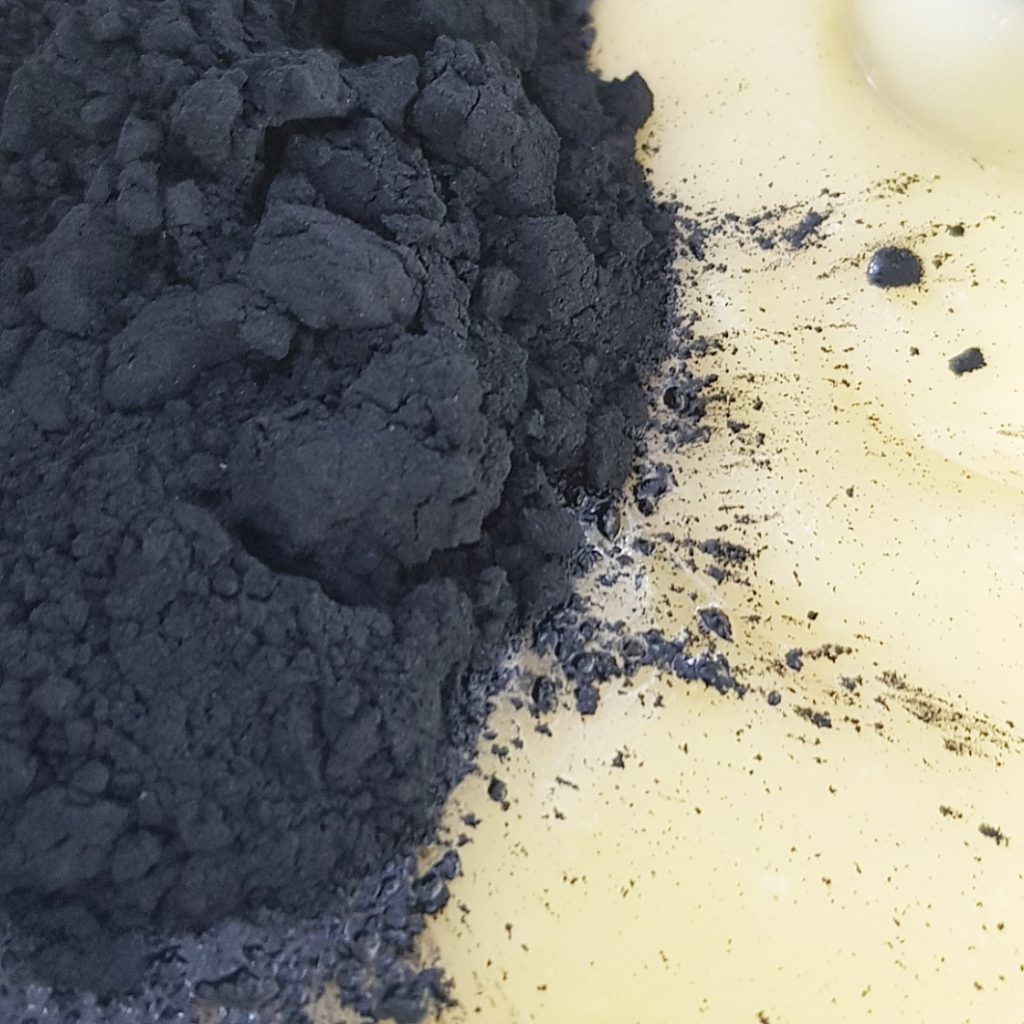
Gentle manufacturing process
Natural soaps made by Bela Skin are carefully handcrafted unique bars that are specially created using the gentle cold process soap making method. This gentle, cold manufacturing method has a long tradition and ensures that you are receiving a bar of the highest quality soap that undergoes a long maturation process.
The butters and oils used by Bela Skin natural cosmetics are only heated slightly above their melting point, saponified with the help of concentrated lye at a low temperature and then poured directly into molds.
This so-called “cold process” has the great advantage over the hot soap making process because the minerals, vitamins and other ingredients used are better preserved and are not lost through the heating process.
Revitalized body feeling
Various valuable vegetable oils such as Coconut oil, almond oil, lavender oil, mint oil, rosemary oil and olive oil as well as other natural ingredients such as cocoa butter, honey and coffee unfold their positive effects on the skin in the long-lasting, cold-process bars of soap.
The mild, pleasantly creamy foam that the hand-made soaps develop penetrates deep into the skin and provides a protective shell with valuable moisture. At the same time, the skin is gently cleansed and pampered with the high skin care properties of carefully selected, all-natural ingredients.
The natural active ingredients support the suppleness and firmness of the skin, while sensitive and irritated skin is gently soothed and brought into balance. After cleansing, the skin does not feel dry, but rather fresh, soft and supple.
Enjoy an all-round clean and relaxed skin feeling with the high-quality Bela Skin natural soaps.
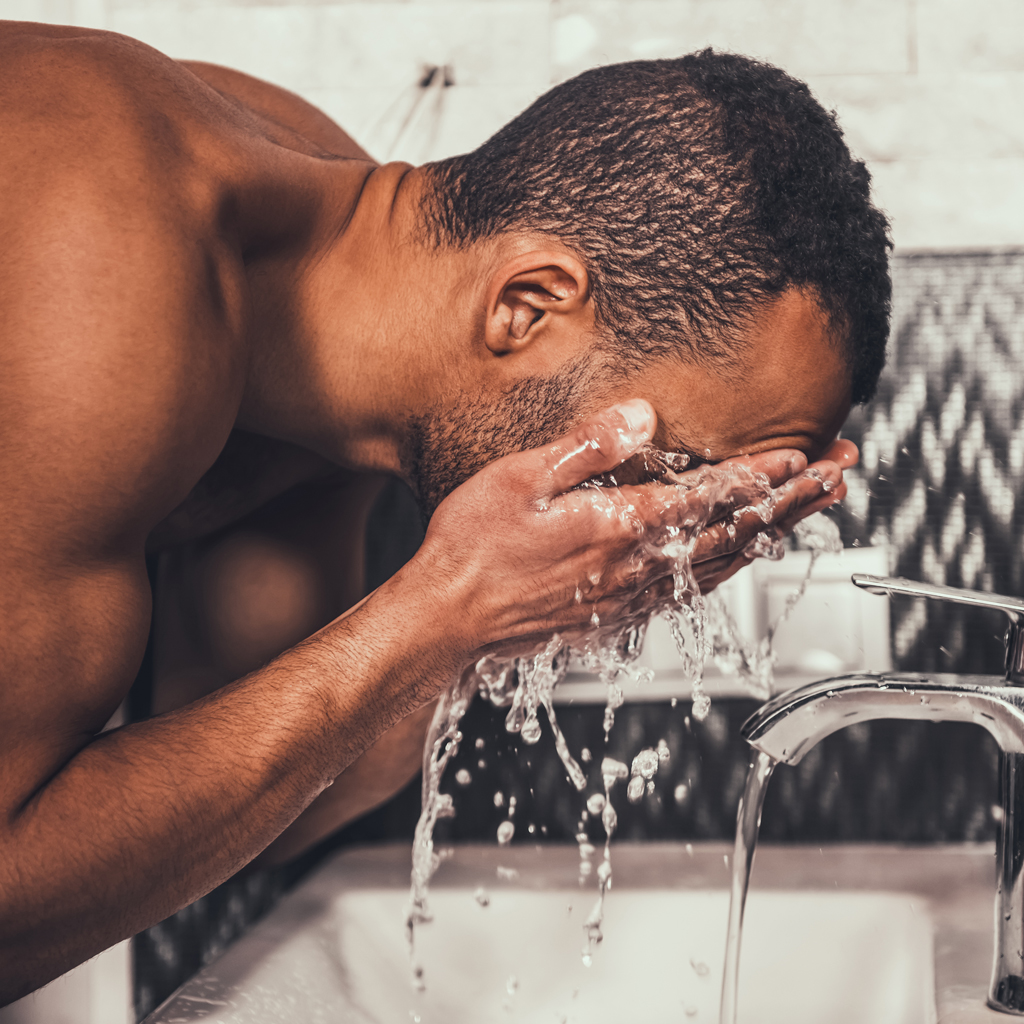
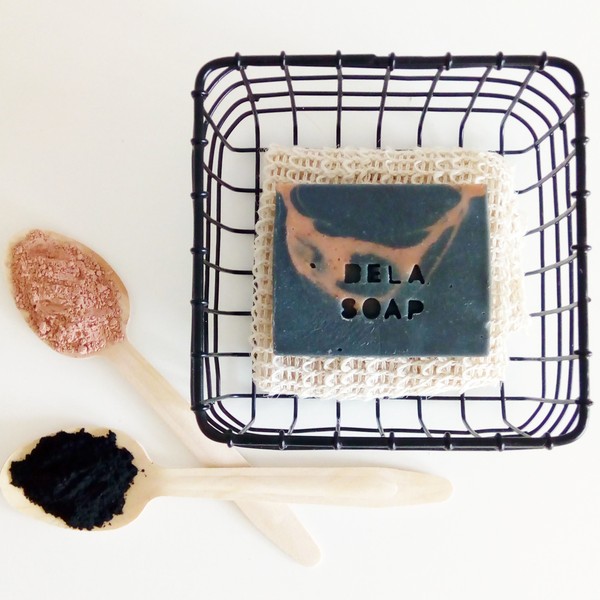
Relaxing wellness moments
The fact that the soap bars lose water during the 4–6 week curing and drying time is the reason why the size of each bar varies slightly.
During this phase, the wonderfully delicate scent of the Bela Skin natural soaps intensifies at the same time. The soaps take on the scent of the substances used from nature in a subtle way – lavender, tea tree, patchouli or orange oil, honey, coffee and many other plant substances give the natural soaps a beautiful, pure and natural scent.
The inimitably authentic scent of the various bars of soap helps to ensure that skin cleansing with Bela natural soaps becomes a relaxing wellness moment.
A little piece of cleanliness with a long tradition
Soap making – a craft, almost as old as mankind
If we look at the history of soap making, a soap-like substance was made thousands of years ago in a place where is now Iraq. Apparently, the Sumerians mixed vegetable ash with oils and initially used this mixture as a healing ointment. According to tradition, the Romans used similar mixtures to cleanse the body from the 2nd century AD. The pioneers for the soap we know today were the Arabs in the 7th century. They boiled oils and alkaline salts until the „brew“ took on a solid consistency, laying the foundation for soaps as we know them today.
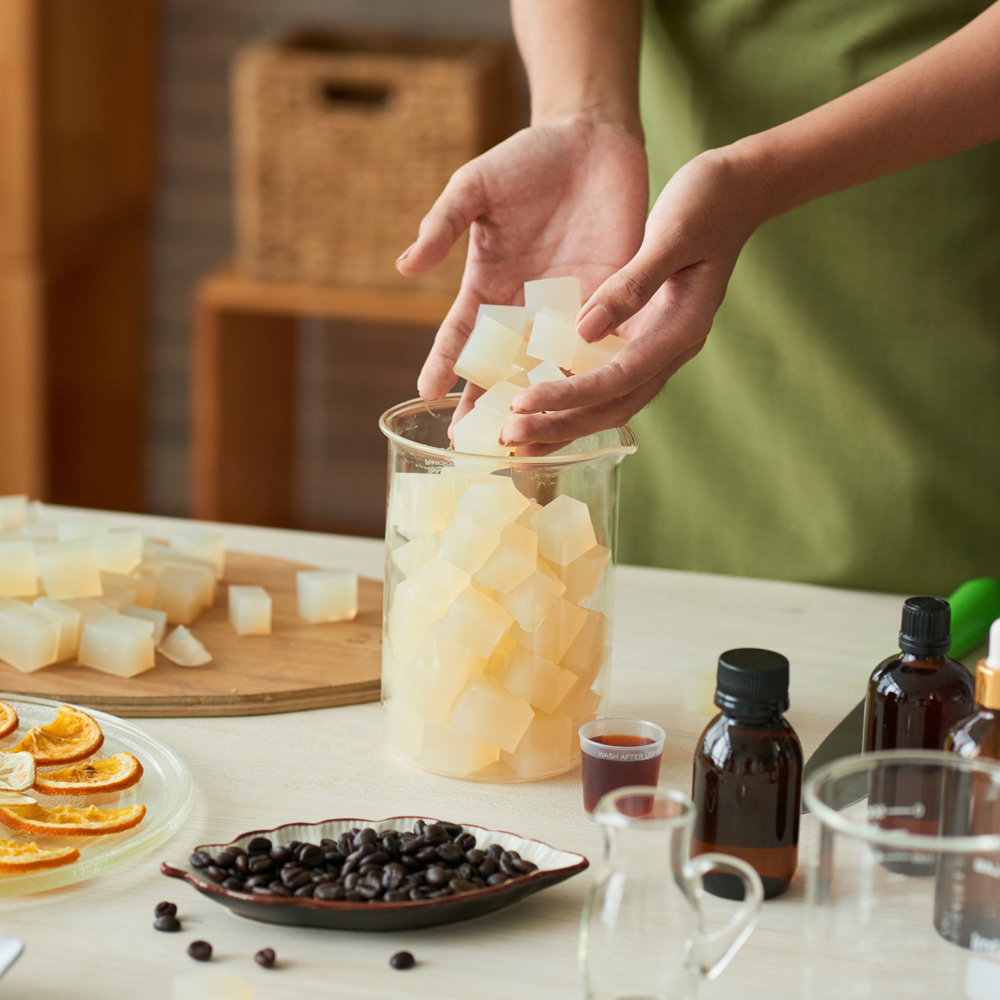
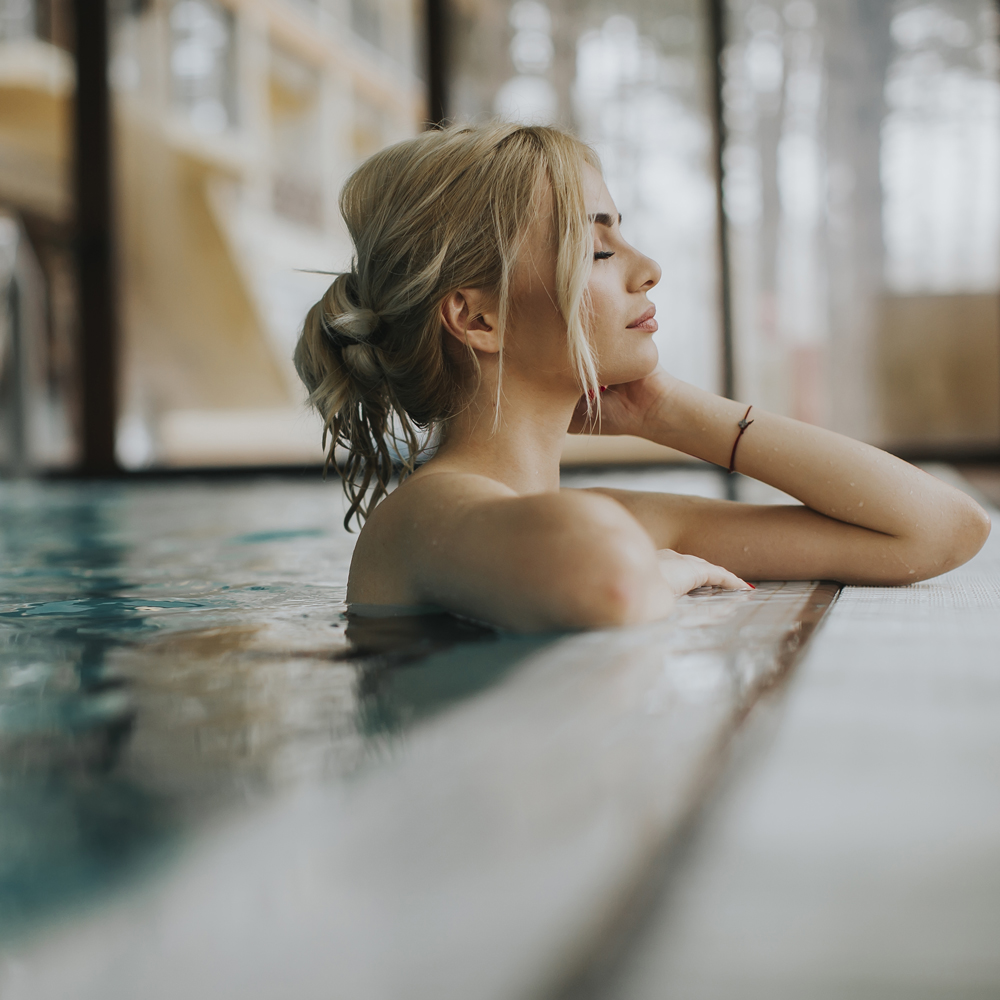
Blessed bathing culture – ended by plague & cholera
In the Middle Ages this soap-making knowledge reached Europe and it became a guild. The production methods got better and better, what was initially reserved for the rich as a luxury good, with the emergence of public bathhouses and bathing culture, which was becoming more and more established. It also reached the poorer population.
However, the misconception that plague and cholera spread through washing with water initially led to the fact that soap was no longer used and so-called “dry cleaning” and powdering the body became a cleaning method. Fear of infection also led to bathhouses being closed and first being brought back to life almost two centuries later, in the middle of the 18th century.
The „Sun King“ and the purity law of 1688
Thanks to Louis XIV, known as the Sun King, the art of making the finest soaps gained new popularity. In order to ensure that soap of the highest quality is made, at the end of the 17th century, in 1688, he issued a law on the purity of soap. This meant that a really good bar of soap cannot contain less than 72% pure vegetable oils.
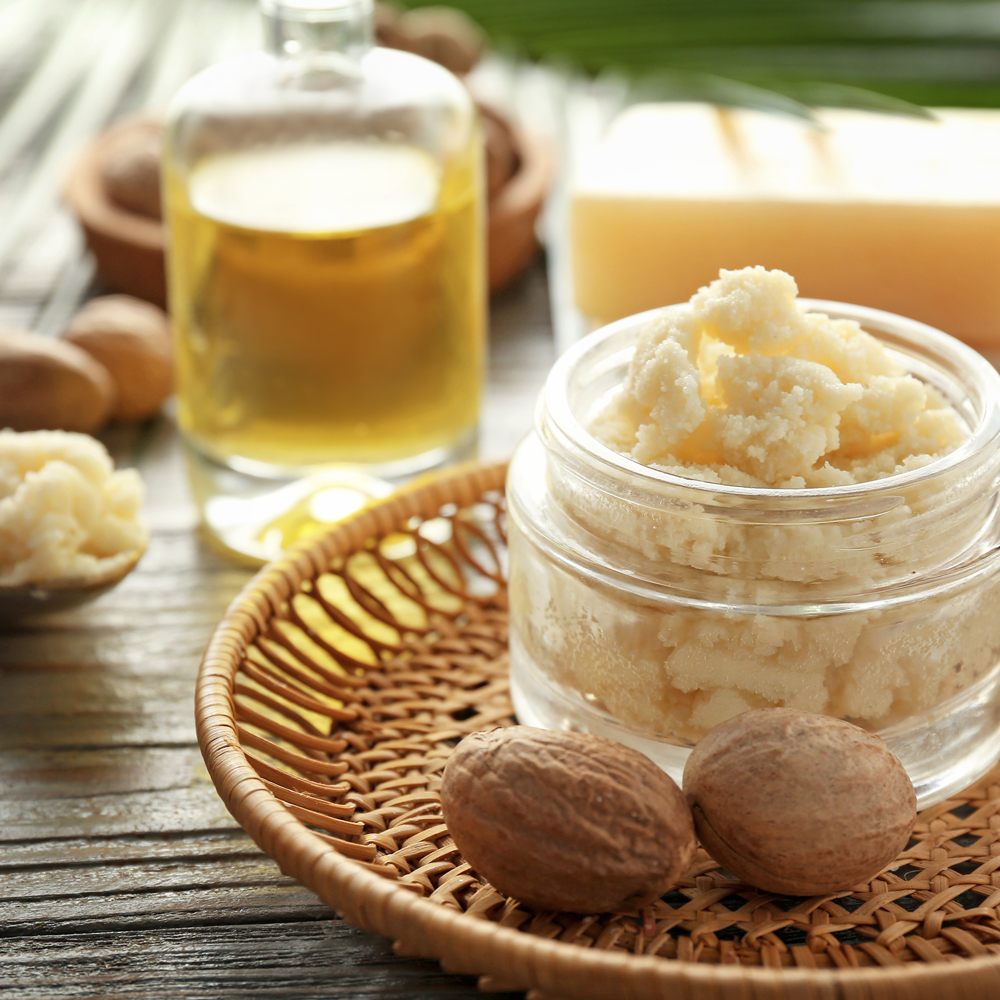
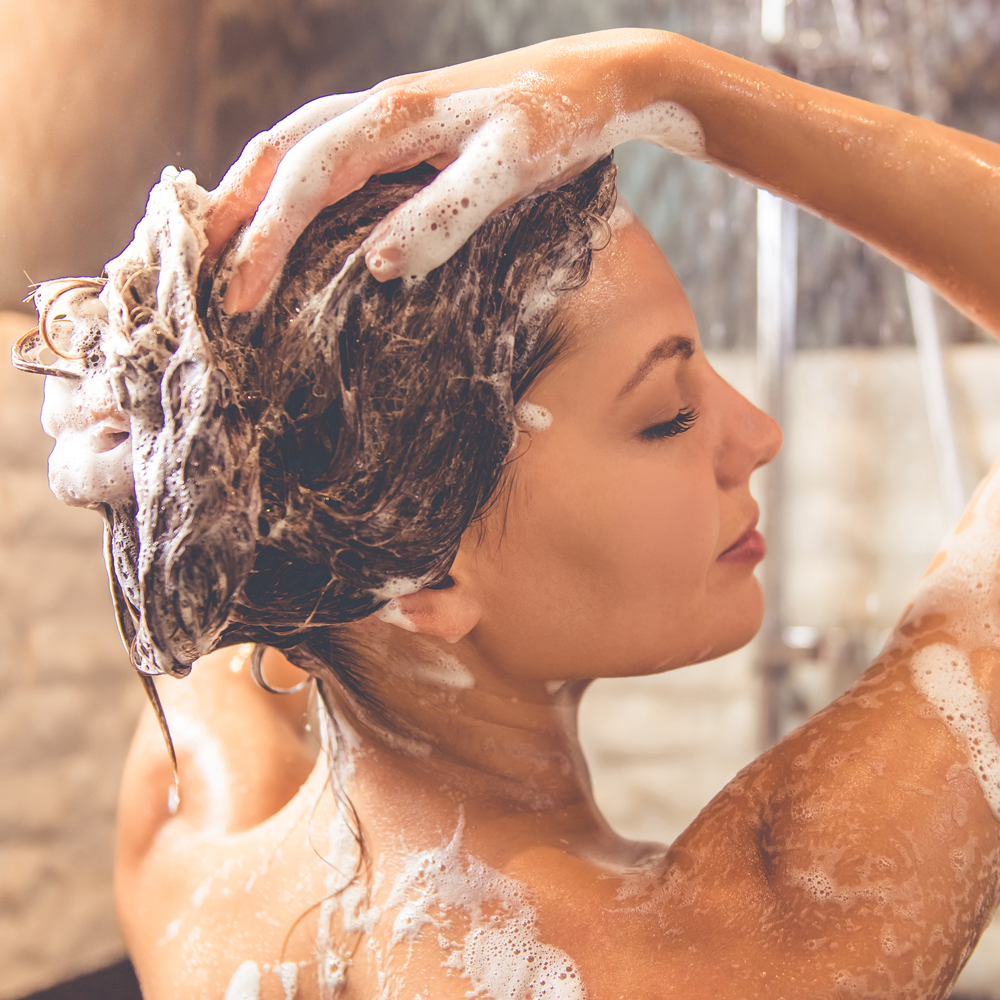
Body hygiene – the basis for health and well-being
But it was not until the 18th century that washing the body with soap and water became popular. After all, it was not until the beginning of the 19th century that it became clear that “wet” body cleansing, ideally with soap, was an indispensable hygiene measure that, in addition to the beneficial cleansing effect, helped to combat contagious diseases and their spread.
The knowledge that cleaning the body helps to avoid infectious diseases and contributes significantly to a healthy life, makes body hygiene an indispensable ritual that is still an absolute matter today. The incomparable feeling of fresh cleanliness and vital energy after the daily shower, the relaxing full bath or the hygienic cleaning of the hands turns body care into a wonderful moment of wellness and pure wellbeing.
